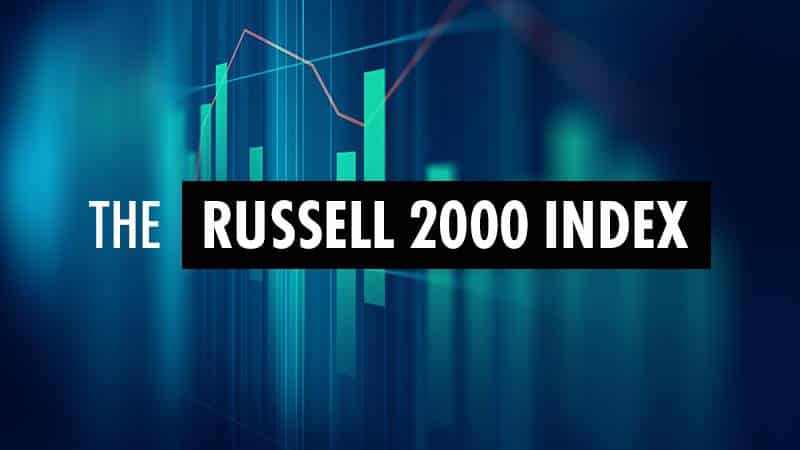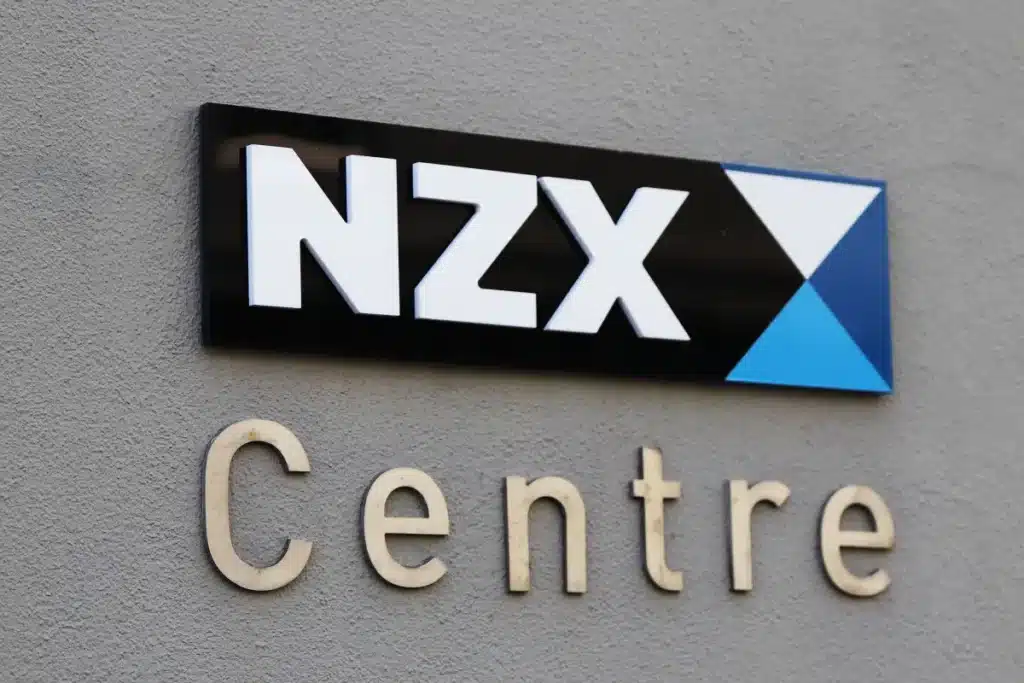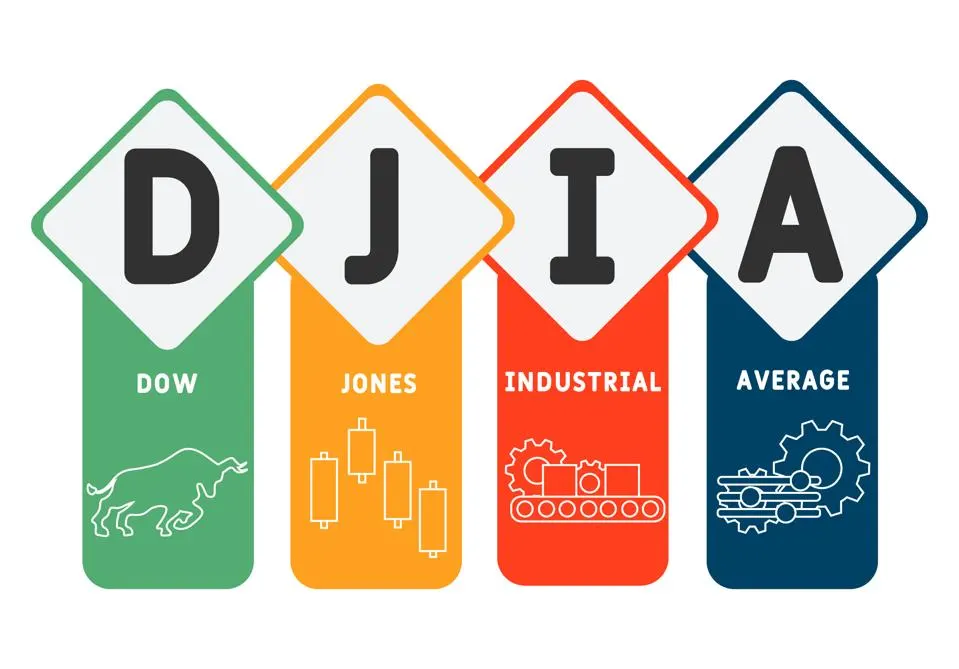What’s Moving Markets: China Trade Talks, Apple and Amazon Earnings, and Budget Proposal
This week, investors have plenty to digest as several major economic developments are unfolding. Let’s dive into the key headlines shaping the markets this Friday, May 2, 2025.
China and U.S. Trade Relations: A Glimpse of Hope
After several months of escalating tensions, there have been promising signs of improvement between two of the world’s largest economies: China and the United States. U.S. stock futures have seen a rise, fueled by optimism around potential trade talks between the two nations. The prospect of these discussions aims to address and ideally end the long-standing trade disputes that have weighed heavily on global markets. While no concrete agreements are on the table yet, the willingness to engage in dialogue has injected some much-needed confidence among investors.
Apple and Amazon Earnings: Mixed Results
As earnings season rolls on, we turn our attention to tech giants Apple and Amazon, both of whom presented their most recent financial results. Apple surpassed analyst expectations for the second quarter, primarily driven by solid iPhone sales. However, its Services division didn’t hit the mark, leading to a decline in share value. Meanwhile, Amazon reported positive first-quarter results but fell short on its operating income guidance for the next quarter, causing a dip in stock prices. Both companies continue to be key players in the market, and their performance serves as a critical indicator for tech-sector resilience.
U.S. Budget Proposal: Fiscal Considerations
In the political arena, the unveiling of the latest U.S. budget proposal adds another layer to investor considerations. The proposal seeks to address various economic and social challenges, potentially impacting different sectors across the market. Investors are paying close attention to how any shifts in fiscal policy might influence the broader economy as well as specific industries.
EU-U.S. Trade Developments
The European Union is also in the spotlight, as the EU trade chief indicated a potential resolution to its ongoing trade dispute with the United States by proposing a significant increase in purchases of U.S. goods, totaling €50 billion. This move is seen as a positive step toward appeasing trade tensions and fostering better economic relations across the Atlantic.
Looking Ahead
The market is watching these developments closely, as they all hold the potential to significantly impact investment strategies. Whether it’s the outcome of the China-U.S. trade talks, the varying results from big tech companies like Apple and Amazon, or the implications of the U.S. budget proposal, each factor combines to paint a complex picture of the current economic landscape. Staying informed and responsive to these changes can provide valuable insights for both novice and seasoned investors aiming to navigate the stock market effectively.
Understanding Today’s Top Analysis: Key Insights into Market Trends
Welcome to Today’s Top Analysis! Here, we bring you a detailed review of the analyses making waves in the financial markets. Our goal is to provide you with a clear, concise, and informative breakdown of the latest market reports and insights. Let’s dive into what’s influencing investment decisions today.
5 featured stocks in 2025
NFP Preview: Why April Jobs Report May Not Yet Show the Impact of Tariffs
The Non-Farm Payrolls (NFP) report is a critical indicator of economic health, especially when scrutinizing changes in employment. In May 2025, the focus is on how tariffs might be influencing job markets. Current analysis suggests that the full impact of escalating tariffs may not yet have manifested in April’s job report, potentially due to the lag effect. *Lag effect* means that while changes can be set in motion quickly, their consequences might only become evident over a longer time frame.
Understanding these dynamics gives investors a broader perspective on potential market shifts influenced by policy changes. It’s essential to recognize that while the data might appear stable in the short term, underlying economic tensions could indicate future volatility.
USD/CHF Vs. USD/JPY: Why Swiss Franc Remains Top Dog in the Safe Haven Stakes
Currency markets often react swiftly to global economic uncertainties, and the Swiss Franc has traditionally served as a *safe haven* asset. Today, the analysis compares USD/CHF (US Dollar/Swiss Franc) and USD/JPY (US Dollar/Japanese Yen) to dissect why the Swiss Franc maintains a stronger safe haven appeal. Historically low market volatility and geopolitical tensions often drive investors towards more stable currencies.
The Swiss economy’s stability and Switzerland’s long-standing neutrality make the Swiss Franc an appealing choice during turbulent times. This contrasts with the Japanese Yen, which, while also strong, might not offer the same level of perceived safety under current conditions.
Forward Indicators Still Weak in Manufacturing as Tariff Impact Spreads
Manufacturing is the backbone of many economies, and its health is a vital indicator of broader economic performance. Reports indicate that forward indicators within this sector remain weak, largely due to ongoing tariff impacts. Tariffs can increase production costs and reduce competitiveness, straining manufacturers who rely on global supply chains.
This analysis highlights the importance of closely monitoring these indicators, as prolonged weakness could signal broader economic challenges ahead. Investors are recommended to keep manufacturing sector developments under scrutiny as they could influence stock performance extensively.
Exxon, Chevron Q1 Earnings on Deck: Oil Price Plunge Puts the Squeeze on Results
The energy sector, more specifically oil, plays a critical role in global markets. As Exxon and Chevron head into reporting their first-quarter earnings, there’s significant focus on the recent plunge in oil prices. This drop applies *pressure*, potentially impacting profit margins and signaling challenging times ahead.
For investors, it’s not just about immediate earnings numbers but understanding how these companies strategize to weather oil price fluctuations. Decisions made now can influence their performance in the coming quarters, and this insight allows you to make informed investment choices.
Stocks May Be Nearing a Major Turning Point
Lastly, an essential observation to consider is that stocks could be approaching a *major turning point*. This notion comes amid signs of economic pivoting as geopolitical, economic, and financial indicators point towards potential shifts. The groundwork for market dynamics is often set long before visible change, emphasizing the need for vigilance and readiness to adapt investment strategies.
In conclusion, understanding these analyses allows investors to stay informed and proactive. As market conditions evolve, so must strategies, emphasizing the importance of continuous learning and adaptation in the world of investing.
Today’s Top News: What’s Moving the Markets
In the world of investing, keeping up with current events and understanding their implications on the stock market is crucial. This week, a series of significant developments have the potential to influence market dynamics. Here’s a closer look at today’s top news and what it might mean for investors like you.
U.S. Stock Futures Gain with Potential China Trade Talks
U.S. stock futures showed an uptick this Friday, driven by positive signals from China, hinting at resumed trade talks with the United States. This prospect has investors hopeful about a resolution to the ongoing trade tensions between these economic giants. A breakthrough could lead to less volatility and more stability in the markets, paving the way for growth and opportunity.
For investors, this could mean better opportunities in sectors adversely affected by the trade war, such as technology and manufacturing. Keeping an eye on these talks could provide clues on potential market movements. Consider these developments when planning your investment strategy, as the outcome of such negotiations can significantly influence global supply chains and market sentiment.
EU’s Strategy to Settle Dispute with the U.S.
Meanwhile, the European Union is considering purchasing €50 billion in U.S. goods to settle ongoing trade disputes. This move signals a willingness to smooth out tensions and foster better trade relations across the Atlantic. If successful, investors might anticipate a more favorable environment for transatlantic trade, potentially boosting sectors heavily reliant on exports.
Understanding the implications of these actions is essential for investors focusing on international portfolios. The improved relations between the EU and the U.S. could strengthen the euro and impact currency markets, an angle worth monitoring if currency fluctuations are part of your investment considerations.
Trump Maintains Stance on Japan Tariff Talks
In other trade news, former President Trump remains firm on negotiations with Japan concerning tariffs. While this may create some uncertainty, it also positions both nations for clearer trade agreements. Investors should keep an eye on these developments, as shifts in international trade policies can influence domestic industries and market confidence.
Apple and Amazon Earnings: A Mixed Bag
In the earnings realm, Apple and Amazon released their quarterly reports, with mixed results. Apple exceeded expectations with robust iPhone sales, but fell short on its Services segment, leading to a dip in shares. Meanwhile, Amazon’s shares fell despite a positive Q1 outcome due to a disappointing outlook for operating income.
These earnings reports are a reminder of the importance of diversifying your investments and staying informed about company performance beyond headline earnings. For investors, understanding the nuances behind these earnings reports can help anticipate future stock performance and adjust investment strategies accordingly.
In conclusion, these news highlights showcase the interconnectedness of global economies and the multifaceted factors influencing market movements. Staying updated and informed helps in making strategic investment decisions that align with market conditions. As an investor, being aware of these trends and analyzing their potential impacts can position you more effectively in the market. Whether you’re just starting or are moderately experienced in stock trading, it’s crucial to integrate this information into your investment planning. Stay curious, stay informed, and keep learning!








